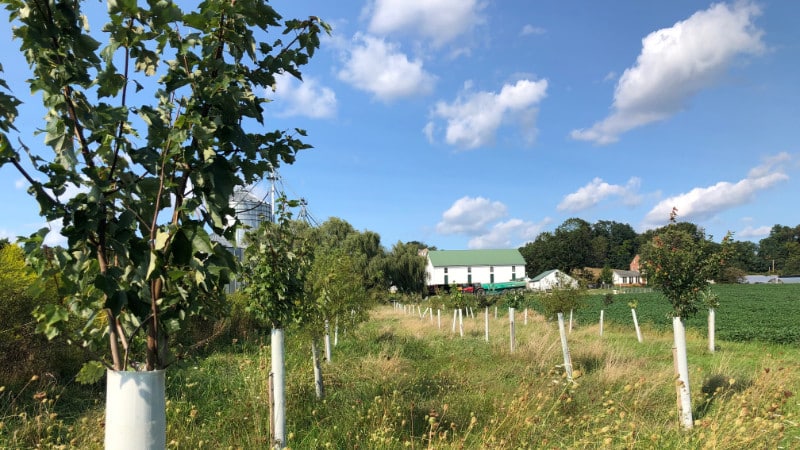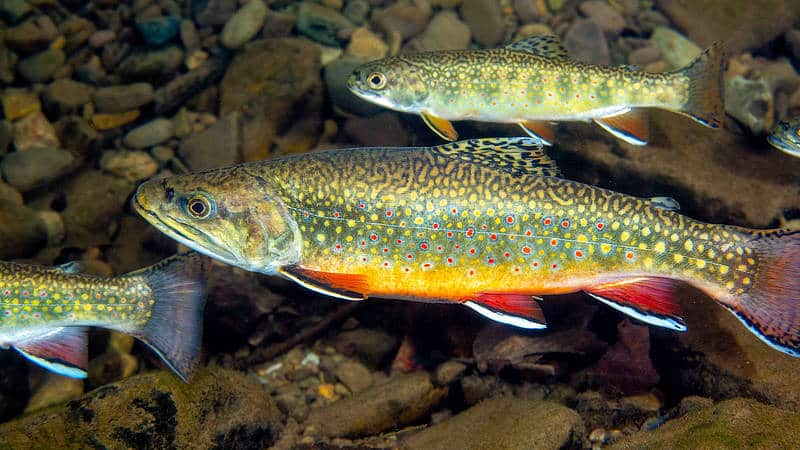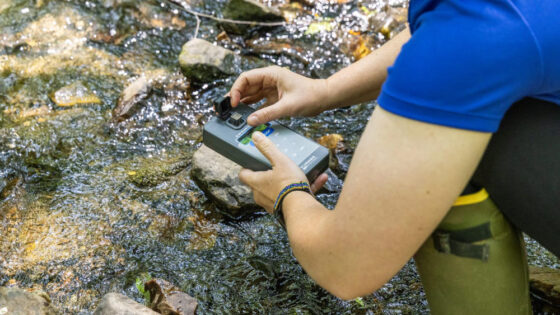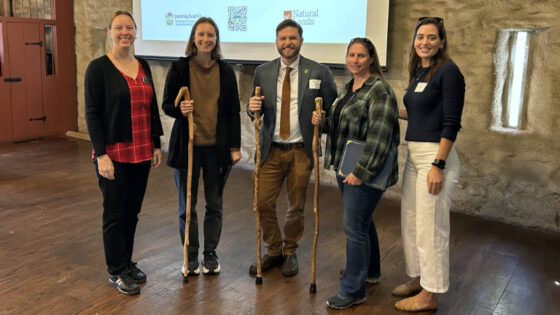As part of the Ag & The Bay: Sowing a Conversation series in the Chesapeake Bay Journal, Karl Blankenship considered how helping farmers improve stream health on their properties might impact the Chesapeake Bay.
Stroud Water Research Center’s watershed restoration team has taken this approach for over 10 years. They know that gaining farmers’ trust and emphasizing improvements in their local streams is an important part of the work.

“Despite ramped-up spending to control farm runoff over the last 15 years, computer models show only small pollution reductions from runoff control practices on agricultural lands, especially for nitrogen. That creates a circle of blame. Lack of progress puts more pressure on farmers, but farmers often blame the model for not accurately representing their efforts.
“The lack of trust hurts Bay efforts because most future nutrient control actions need to come from farms, which contribute the most nutrients. The job is especially daunting in Pennsylvania, which has the greatest number of farms and generates more nutrients.
“Now, some argue, focusing on local stream results could provide common ground. Instead of talking about nutrient reductions in a Bay many miles away, they can talk about improvements in streams where their kids and grandkids play. Maybe they can even bring back trout.

“Those types of conversations can help break down some of the historic resistance to things like buffers, said Lamonte Garber, watershed restoration coordinator with Stroud Water Research Center. I can’t tell you how transformative it is to be in a room full of farmers and to be talking about their streams versus the Bay,” Garber said. “It is an entirely different discussion. For a very long time, it was always about the model, and who’s to blame.”
The article notes, “While computer-measured nutrient reductions have been small, there are many examples of how runoff control practices have resulted in direct improvements to stream health.”
Read the full article: Will a focus on stream health help boost the Chesapeake?



